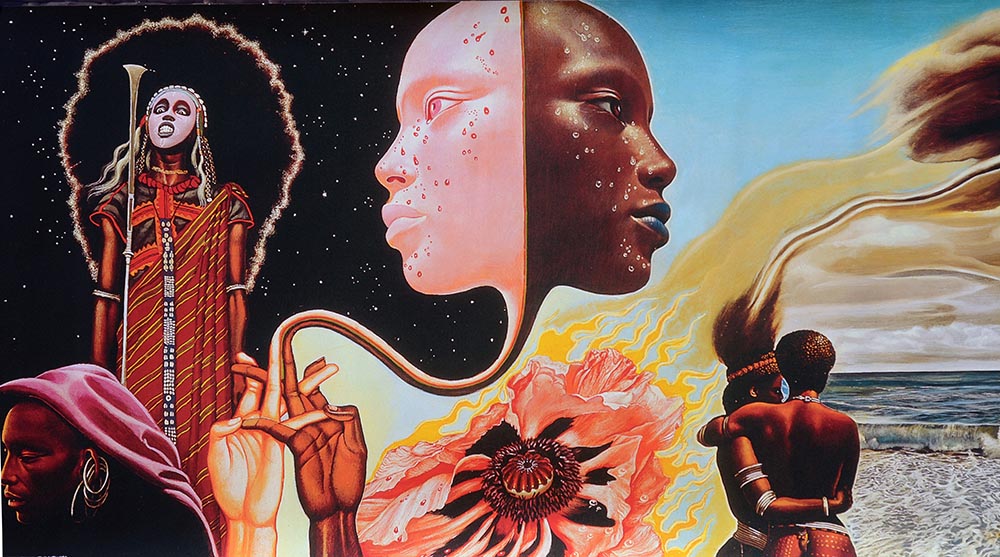All Blues

Download All Blues here as an MP3
Play: All Blues
For this track I've gone back to my blues roots. The solo starts off very clean but soon descends into anarchy. The name of the preset I used on my guitar pedal is 'Bonamassa' that should tell you all you need to know! Seriously, the wah wah Rock Blues thing is how I used to do it. So now I have proven I still can get down mean and dirtay. All Blues is classic Miles Davis first appearing on the influential 1959 Columbia album Kind of Blue
Musical analysis of All Blues Charles Mingus
"All Blues" is actually a composition by Miles Davis, not Charles Mingus. It's from Davis's iconic album "Kind of Blue," which is one of the most influential jazz albums of all time. However, I can still provide a musical analysis of "All Blues" for you.
1. Modal Harmony: "All Blues" is renowned for its modal approach to harmony. It primarily centers around the Dorian mode, particularly in the key of G. The use of modal harmony provides a spacious and open feel, allowing for extended improvisations over a relatively simple harmonic framework.
2. 12-Bar Blues Form: Despite its modal approach, "All Blues" retains elements of the traditional 12-bar blues form. The piece is structured around a 12-bar blues progression, featuring three chords (G7, C7, and D7) that are often played in a laid-back, swinging rhythm.
3. Melodic Minimalism: The melody of "All Blues" is simple yet evocative. It features long, sustained notes that emphasize the modal tonality, along with subtle rhythmic variations that add interest and depth. The minimalist melody leaves ample space for improvisation and exploration by the soloists.
4. Rhythmic Feel: "All Blues" is typically performed with a relaxed, laid-back groove, often referred to as a "medium swing" or "walking" feel. The rhythm section establishes a steady pulse, with the bass providing a walking bass line that propels the music forward while maintaining a relaxed feel.
5. Dynamic Interaction: The composition allows for dynamic interaction between the musicians, with opportunities for call-and-response and collective improvisation. Davis's ensemble, featuring legendary musicians like John Coltrane, Cannonball Adderley, and Bill Evans, demonstrates a high level of musical empathy and cohesion throughout the performance.
6. Atmospheric Texture: "All Blues" is known for its atmospheric texture, created through the use of subtle instrumentation and careful attention to dynamics. The interplay between the instruments, including muted trumpet, saxophone, piano, bass, and drums, adds layers of color and depth to the music, evoking a moody and introspective atmosphere.
Overall, "All Blues" exemplifies the innovative and exploratory spirit of Miles Davis's "Kind of Blue" album. Its modal approach to harmony, minimalist melody, relaxed groove, and atmospheric texture have made it a timeless classic in the jazz repertoire, inspiring countless musicians and listeners alike.